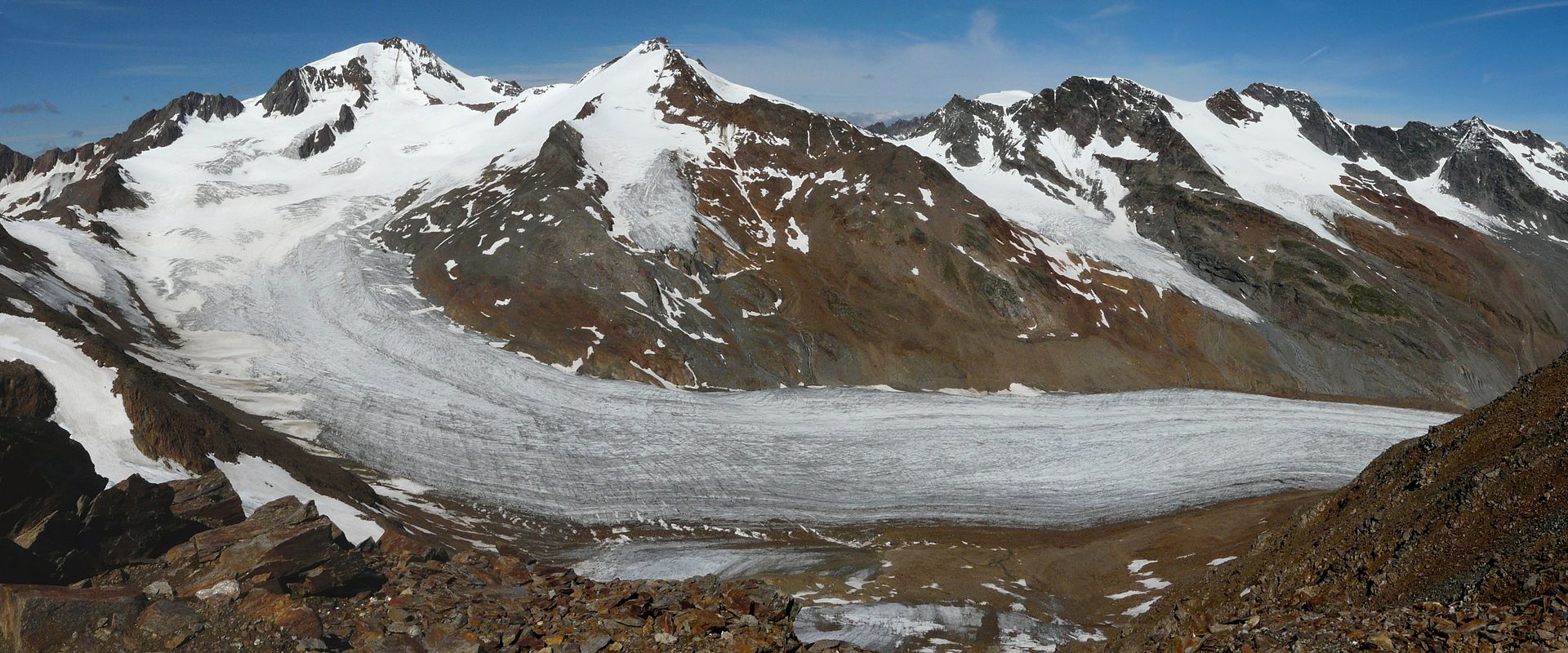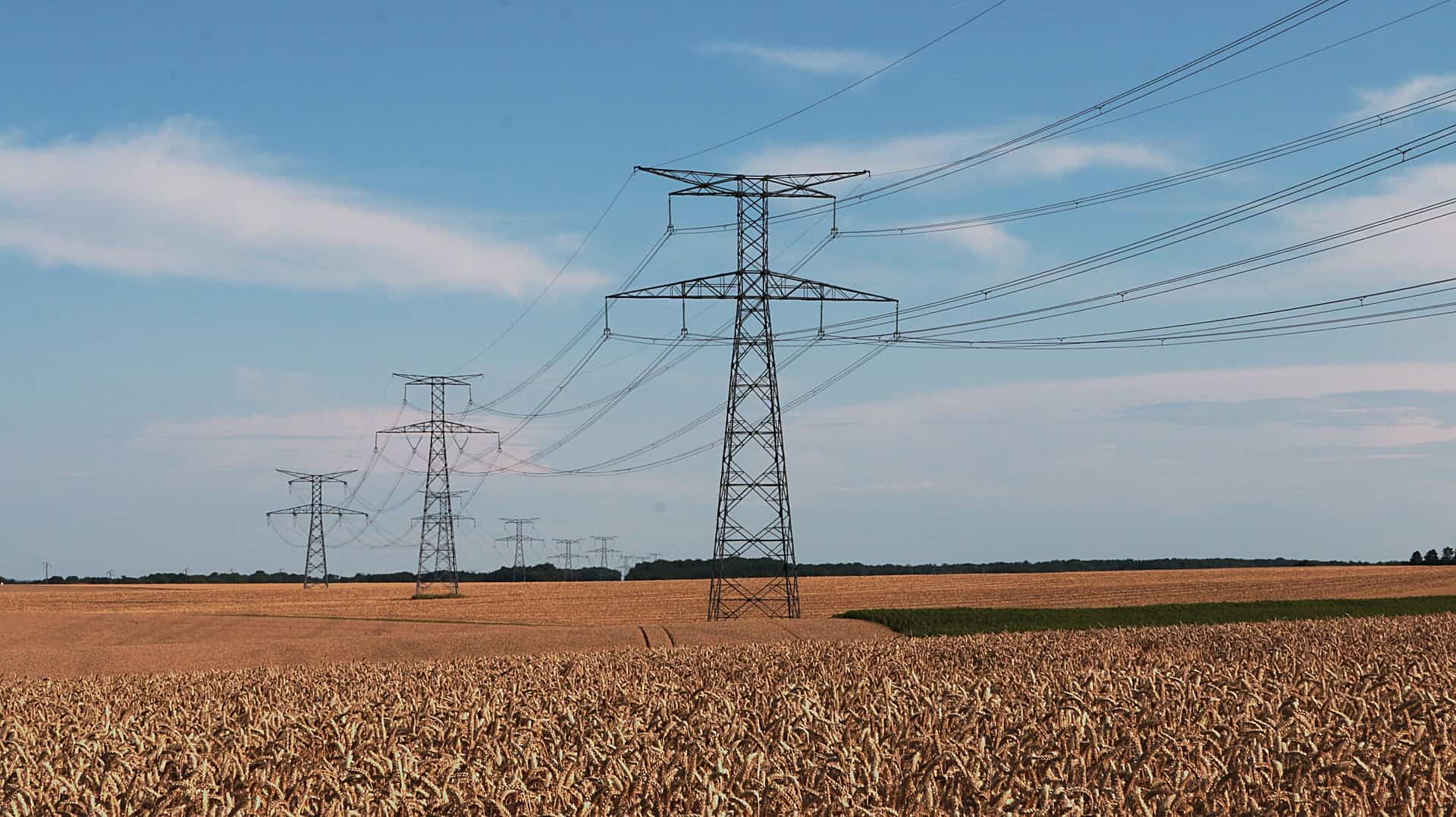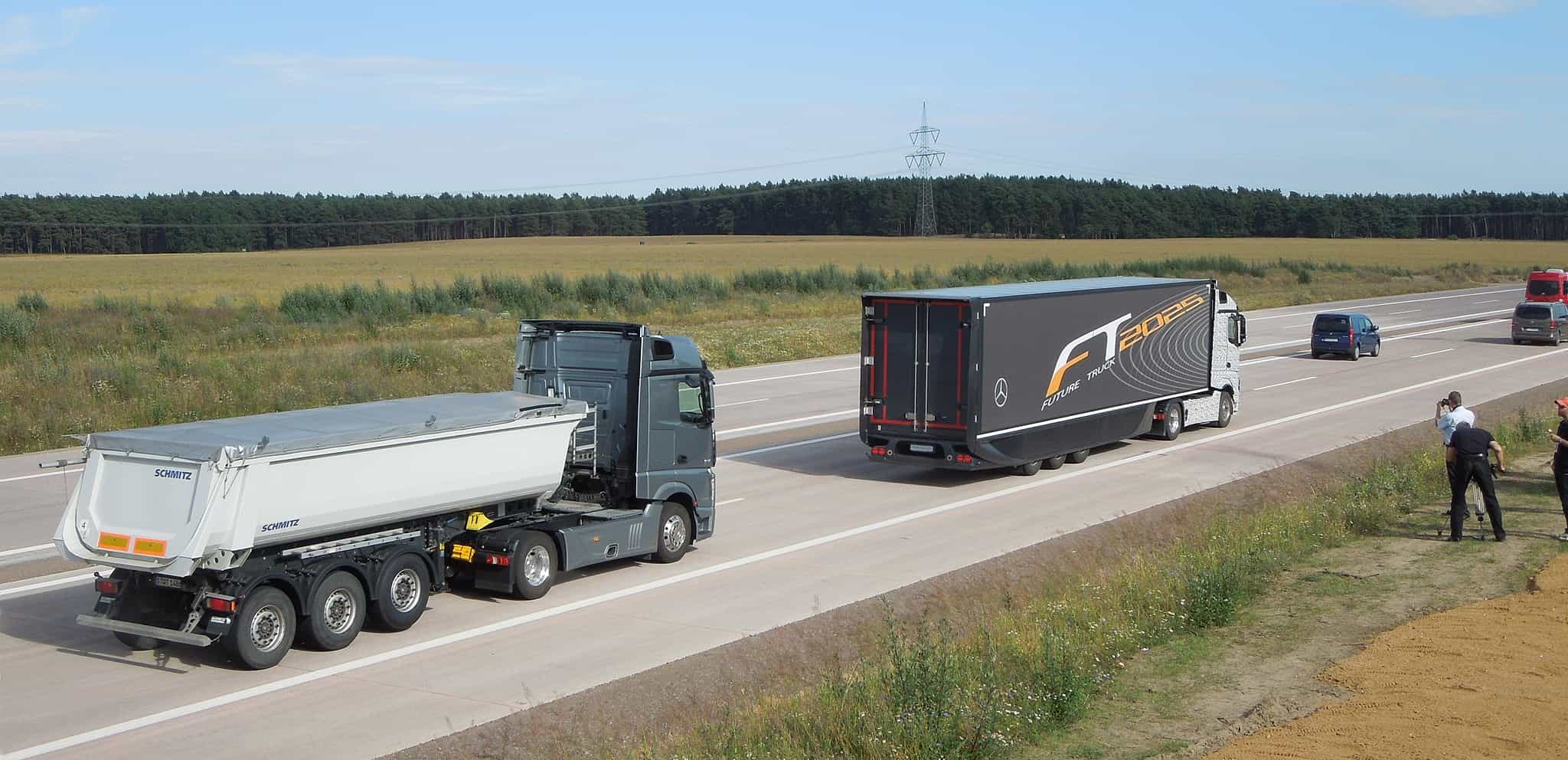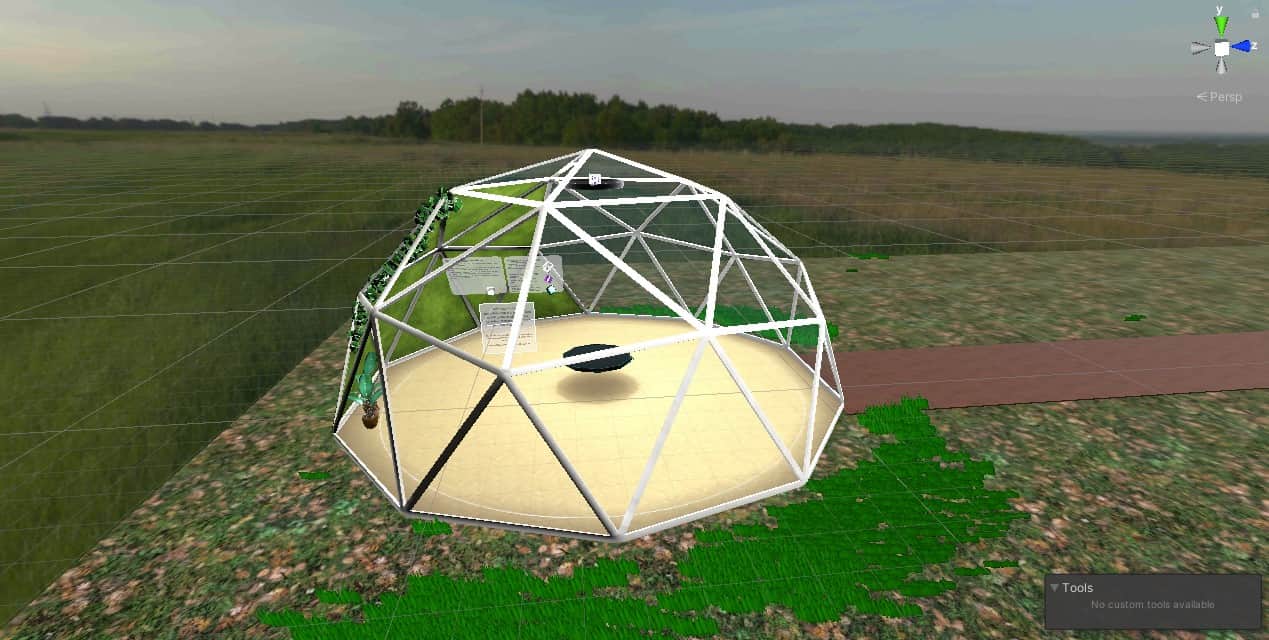
Glaciers are melting at a rapid pace, with implications for the planet. This is because large drinking water resources are stored in glacial ice. If glaciers disappear, our water supply will be threatened. At the same time, the global sea level will rise and islands and coastal regions could sink. Glaciers – and not least of all their snow cover – therefore have a key role to play in climate change. Determining the state of glaciers is the task of climate researchers.
Developing finer measuring instruments
Climate researchers already have an advanced understanding of glacier models and know much about the dominant processes involved. But monitoring continuous changes still poses a major logistical challenge because glaciers – especially mountain glaciers – are often (still) very large and difficult to access. Therefore, individual monitoring is largely abandoned and the focus is instead on single glaciers where only annual mass balances are measured. These are then transferred in rough approximation to unobserved glaciers and extrapolated in the case of larger areas. The problem with this is a lack of precision because the measuring instruments to refine and calibrate the models are still lacking.
Also interesting: Debris-covered glaciers as result of global warming
The dynamics of the snowpack
So far, snowpack can only be measured in terms of precipitation depth. The great unknown is the dynamics of the snowpack, which is shaped not only by precipitation but also by wind-driven redistribution and compression as well as melting. The durability of the snowpack is critical to the well-being of the glacier. This is because it has a higher reflectivity than the underlying ice, which is inevitably exposed by the spring melt.
Interaction between glaciers and climate
Natural science research teams from the University of Innsbruck, Austria; the University of Erlangen-Nuremberg, Germany; and the University of Saskatchewan, Canada; now want to explore the great unknown in the joint project Snow Cover Dynamics and Mass Balance on Mountain Glaciers and develop advanced glacier modeling. The research task is to analyze the fluxes of mass and energy that determine the state of glaciers at high temporal and spatial resolution. To accomplish this task, they seek to combine measurements and models of glaciers and climate with enough precision to dramatically increase the accuracy of projections. If this can be accomplished, then the interaction between the snowpack and atmosphere in a wide variety of mountain climates around the world can be studied in much greater detail.
The snowpack and the wind factor
“The modeling of glaciers and mass balance exists, but atmospheric data is needed to calculate it – and the more precise the model, the more it requires additional information,” explains Dr. Brigitta Goger of the Institute of Atmospheric and Cryospheric Sciences at the University of Innsbruck. She wrote her doctoral thesis on high-resolution weather prediction models. In the current project, she is conducting research together with glaciologist Georg Kaser and other colleagues on optimized atmospheric data acquisition. According to the researcher, “Up to now, we have not been able to take snow drift into account in the atmospheric model. In the future, this should be possible because we can no longer observe the snowpack only via precipitation, but also via wind.”
Mass balance measurements of glaciers
The researchers at the University of Innsbruck have the advantage of a unique research field: the Hintereisferner. Located on the border between Tyrol and South Tyrol, it is one of the best-researched glaciers in Austria and in the Alps in general. In 2016, a globally unique measuring infrastructure was set up here, consisting of a laser scanner that can scan the glacier surface remotely every day at the push of a button. This makes extensive measurement data available from which terrain models can be derived and changes in height, volume and mass can be calculated. The measurements are carried out by the Institute of Meteorology and Geophysics at the University of Innsbruck, which has one of the longest time series in mass balance measurements worldwide. The laser scanner complements traditional mass balance measurements using gauge rods.
Connection with an atmospheric model
The measurements at Hintereisferner will be incorporated into the advanced modeling of glacier physics as part of the project. This means that the daily changing data of the glacier mass balance model will be combined with an atmospheric model. The latter is a sophisticated weather forecast model that calculates the current state of the atmosphere in parameters such as wind speed, temperature, air pressure and humidity, and precipitation amounts. By combining the models, it is possible to simulate the mass balance of the glacier under the influence of the complex air movements to which it is subjected.
The complex air movements in the mountains are caused by the wind field – a 3D-distribution of wind speed. This complicates the heat exchange between the surface of the glacier and the overlying atmosphere. In addition, ice masses are usually surrounded by a cold layer of air which counteracts warm currents near the surface and slows down melting.
Snow drift module
But first, the accuracy and error susceptibility of the measurement system on Hintereisferner had to be checked since the quality of glacier modeling depends on aspects such as measurement distance, weather and wind. The evaluation was carried out by project member Annelies Voordendag from the Institute of Atmospheric and Cryospheric Sciences. She found that the measurement accuracy of the laser scanner deviates a maximum of about 10 centimeters. This is also enough to be able to derive the daily snow drift from the terrain models.
Cold air layer for the microclimate
Here, for example, the modeling could provide information on how much mass a glacier can lose without losing the cold air layer that regulates the microclimate. This is because “the smaller mountain glaciers become, the more important these very small-scale phenomena become for their modeling,” Goger emphasizes. The cold layer of air that forms above the glacial ice is mainly present when it is sunny and there is no wind. As soon as there is wind, the cold air layer can be blown away – at least in the case of small glaciers. This is because the larger the glacier, the more likely it is that the cold air layer will remain.
3D distribution of wind speed
The resolution of the atmospheric model is based on a grid underlying the computer’s calculations. In existing resolutions, grid spacing is one to two kilometers. In the research consortium’s new atmospheric model, the highest resolution is 48 meters, meaning that atmospheric data is recorded every 48 meters. Thus the researchers obtain, among other things, the wind field – i.e., the 3D distribution of wind speed – over the entire glacier surface. A tightly meshed grid of this kind requires high-quality, high-resolution data, Goger says.
An initial simulation of drifting snow based on the measured data will be shown in a case study next winter. But the computational approaches could be picked up by researchers in other regions of the world, even those with much larger ice masses, such as those in Canadian study areas.
The project Snow Cover Dynamics and Mass Balance on Mountain Glaciers was co-funded by the Austrian Science Fund (FWF) and the German Research Foundation (DFG).
Also interesting: Quantum Physics for Precise Dating of Glacial Ice






